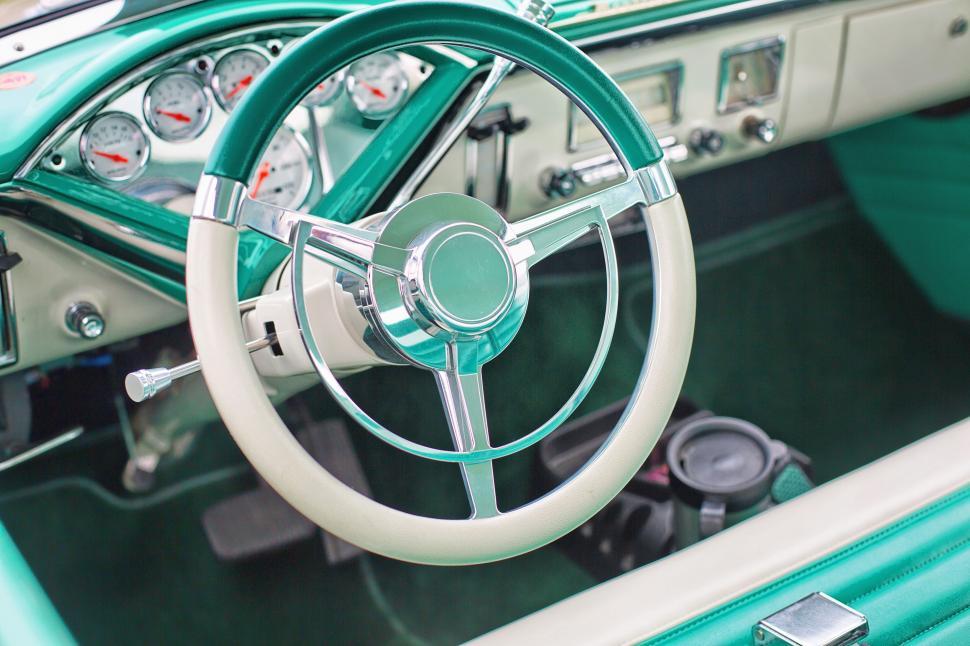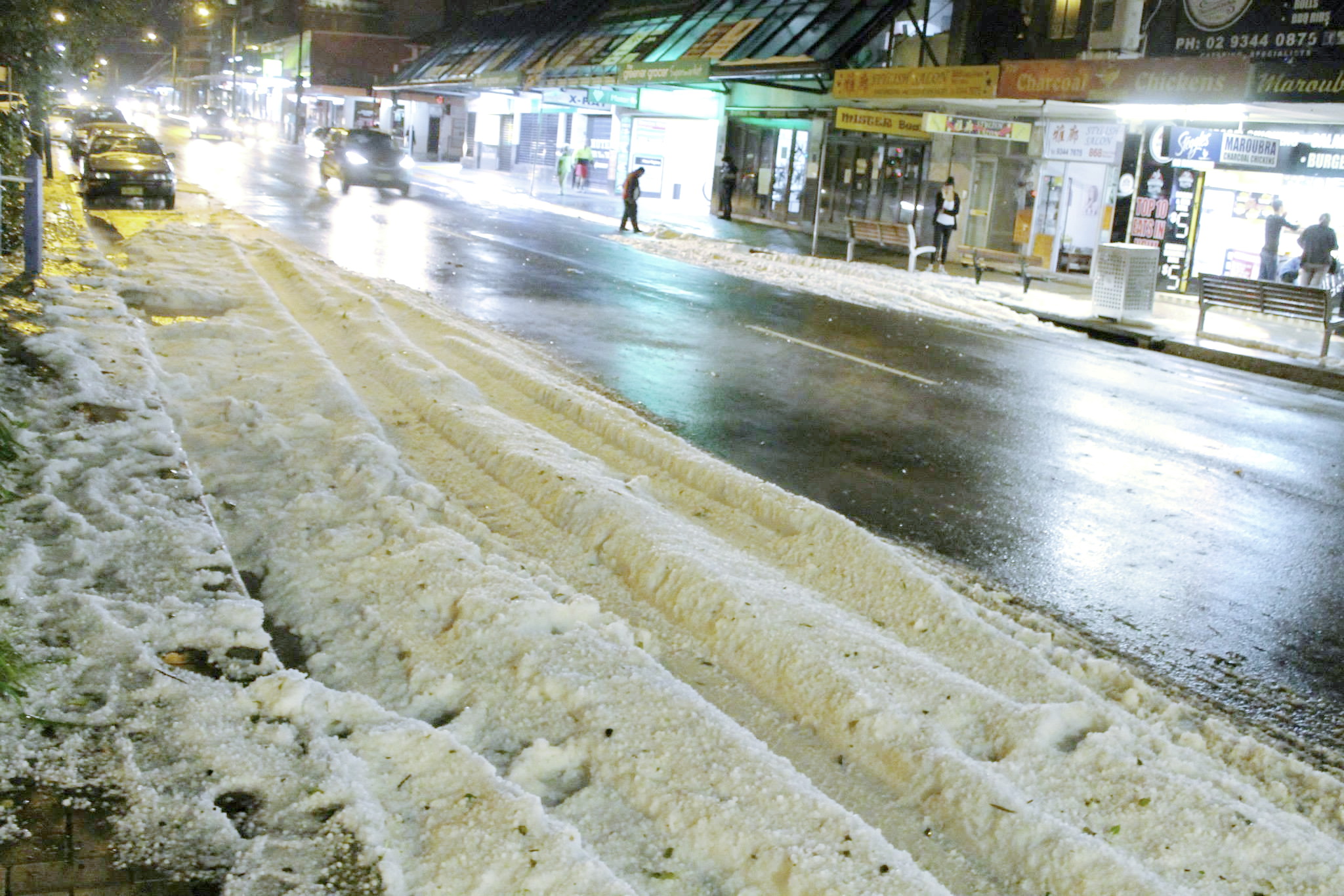
Hailstorms can be a motorist’s worst nightmare, transforming a sunny drive into a sudden barrage of icy projectiles that can leave your vehicle significantly damaged. From minor dents and dings to shattered windows and structural compromises, the aftermath often leaves car owners facing costly repairs and the complex task of navigating their insurance claims.
While paying premiums offers a sense of security, the reality is that insurance companies sometimes prioritize their financial interests, leading to low settlements, delays, or outright claim denials. Understanding how your car insurance policy works in these situations is not just helpful—it’s absolutely crucial for protecting your investment and ensuring you get the compensation you rightfully deserve.
This in-depth guide is designed to empower you by shedding light on the most common reasons why car insurance claims for hail damage are denied. By identifying these pitfalls, you can better prepare your claim, strengthen your appeal, and confidently navigate the often-confusing process, turning frustration into informed action.

1. Insufficient Documentation
One of the most frequent and easily avoidable reasons for a hail damage claim denial is a simple lack of sufficient documentation. When you file a claim, your insurance company needs concrete evidence to verify the damage, its extent, and its direct link to the hailstorm. Without this proof, they might not be convinced, leading them to reject your claim.
Thorough documentation is not just a suggestion; it is a critical component of a successful claim. Insurers need to see a clear, undeniable connection between the recent hailstorm and the damage on your vehicle. If the evidence isn’t compelling enough, the claim can quickly fall apart.
To counter this, you should meticulously collect visual evidence immediately after the hailstorm. This includes taking numerous clear, high-quality photographs and videos of all affected areas of your car. Capture various angles, zoom in on specific damages, and make sure to include contextual shots of your vehicle’s overall condition.
It’s also incredibly beneficial to record the date and time the hailstorm occurred. If possible, gather any relevant weather reports that confirm the occurrence of hail in your area during that specific period. This kind of detailed record-keeping will significantly strengthen your claim and help expedite the approval process, leaving little room for doubt.
Read more about: Navigating the Exactech Medical Alert: A Consumer Guide to Defective Joint Implants, Recalls, and Your Legal Rights

2. Pre-Existing Damage
Insurance companies may frequently deny a hail damage claim by arguing that the damage was not caused by the recent hailstorm but rather by prior events, wear and tear, or other pre-existing issues. If an adjuster suspects the damage was already present before the storm, they are likely to deny the claim, stating that the policy doesn’t cover old damage.
This argument can be particularly frustrating for policyholders, as it shifts the blame away from the covered peril of hail. Insurers might scrutinize photos or adjusters’ reports to find any indication that dents, scratches, or cracks existed before the hailstorm, thereby attempting to invalidate your claim.
To effectively counter claims of pre-existing damage, it is essential to document your vehicle’s condition both before and immediately after the hailstorm, whenever possible. Keeping a personal log of your car’s condition, including photos taken during routine maintenance or simply before any major weather events, can be invaluable.
Providing maintenance records or any repair receipts from before the storm can also help demonstrate that your vehicle was in good condition prior to the hail event. Such proactive documentation helps establish a clear timeline, making it much harder for the insurance company to dismiss your claim on the grounds of prior damage.
Read more about: Beyond Smoking: Unmasking the Daily Habits That Accelerate Brain Aging, According to Doctors
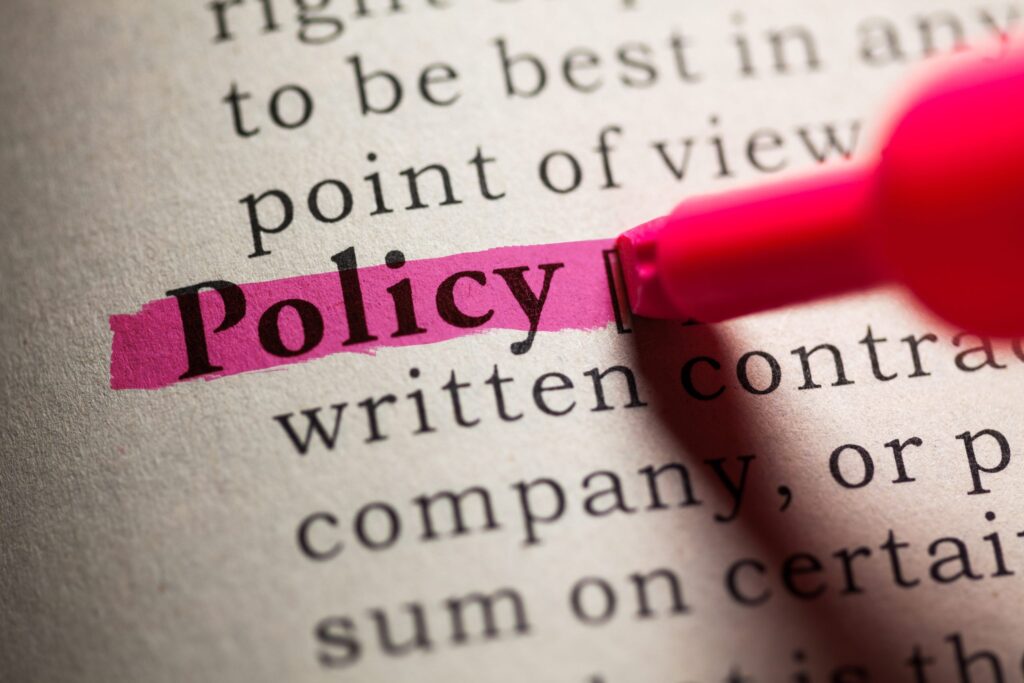
3. General Policy Exclusions
Not all car insurance policies are created equal, and many contain specific exclusions that can limit the types of damage covered. While comprehensive coverage is designed to protect against non-collision-related incidents like hail, the fine print within your policy can still lead to unexpected denials.
These general policy exclusions mean that certain circumstances or types of damage, even those seemingly caused by hail, might not be covered under your specific agreement. For instance, some policies might have blanket exclusions for certain weather phenomena or specific conditions under which hail damage is considered covered.
It is absolutely vital to thoroughly review your insurance policy to understand its exact terms, conditions, and any potential exclusions. Familiarizing yourself with these details before a claim arises can prevent significant frustration and equip you to argue your case more effectively if a denial occurs.
Understanding your policy’s language helps you determine whether your hail damage should indeed be covered and whether the insurance company is interpreting its own terms correctly. Don’t assume anything; an informed policyholder is a powerful policyholder, ready to challenge exclusions that may be misapplied.
Read more about: Navigating Your 2026 Social Security COLA: What Retirees and Beneficiaries Need to Know About Upcoming Benefit Changes

4. Missed Deadlines
Insurance companies operate with strict deadlines for reporting damages and filing claims, and failing to adhere to these timeframes can lead to an automatic denial, regardless of the legitimacy of your damage. Every insurance policy outlines specific windows within which you must notify your insurer after an incident, and these can vary significantly.
Timing is paramount when it comes to filing a claim for hail damage. Many insurance companies have a relatively narrow window after an incident occurs for policyholders to report the damage. Delays in reporting can be interpreted by the insurer as a lack of urgency or even an attempt to claim damage that occurred outside the policy’s active period.
To avoid this critical pitfall, it is essential to contact your insurance agent or company as promptly as possible after the hailstorm. Even if you don’t have all your documentation ready, initiating the claims process by providing initial notification is the most important first step.
Filing your claim within the policy’s specified timeframe is not just a recommendation; it is a crucial requirement to prevent denial. Make sure you understand these deadlines by reviewing your policy and act quickly to protect your right to compensation after your vehicle is damaged by hail.
Read more about: Bypass Project Failure: Critical Action Item Blunders That Cripple Progress and Accountability

5. Inadequate Proof of Loss
To successfully recover compensation for your hail-damaged vehicle, insurance companies typically require a formal “proof of loss” statement. This document meticulously details the damage sustained and provides an estimated cost of repairs. If your insurance company deems this proof of loss form to be incomplete or inaccurate, it can serve as a direct reason for denying your claim.
An inadequate proof of loss statement essentially means that the information you’ve provided isn’t sufficient or precise enough for the insurer to assess the claim properly. This can happen if the estimates are vague, if key details about the damage are omitted, or if the projected costs seem unsubstantiated.
To prevent this issue, it is imperative to provide thorough and accurate evidence of loss. This includes obtaining detailed repair estimates from reputable auto body shops or other qualified professionals who specialize in hail damage repair. Getting multiple estimates can also help validate the true cost of repairing the damage, making your proof of loss more credible.
Ensure that every aspect of the damage is itemized and clearly linked to the hailstorm. This level of detail, combined with expert assessments and multiple repair quotes, will significantly strengthen your proof of loss statement and make it much harder for the insurance company to question its validity or deny your claim.
Read more about: Navigating the Exactech Medical Alert: A Consumer Guide to Defective Joint Implants, Recalls, and Your Legal Rights

6. Disputes Over the Extent of Damage
Insurance adjusters are trained to evaluate damage and determine payout amounts, but sometimes their assessment can differ significantly from yours or that of an independent repair professional. A common tactic for insurers to reduce payouts or deny claims altogether is by downplaying the true extent of the damage to your vehicle.
If the insurance company believes the damage is less significant than what you have reported or what is required for a full repair, they may either deny the claim outright or offer a much lower settlement. This dispute over the severity of damage can leave policyholders feeling frustrated and without the necessary funds to restore their car properly.
To effectively combat this tactic, it is highly recommended to work with independent experts, such as reputable auto body contractors or professional appraisers specializing in hail damage. These professionals can provide their own detailed assessments of the damage, identifying not only visible issues but also any hidden problems that an insurer might overlook.
Having a qualified contractor or appraiser present during meetings with insurance adjusters can ensure that expert knowledge is available to support your claim. Their comprehensive estimate and professional opinion can serve as crucial counter-evidence, helping to prove the full extent of the damage and ensuring you receive a fair and adequate offer for repairs.
Navigating the complexities of car insurance after a hailstorm can be a maze, and while we’ve covered the initial hurdles, there are even more specific reasons why your claim might hit a roadblock. These often delve into the fine print of your policy or hinge on how strictly you adhere to post-damage protocols. Understanding these additional denial triggers is paramount to ensuring your vehicle’s protection.
Read more about: The Trials of Kevin: How High-Stakes Dramas Almost Derailed a Star’s Career
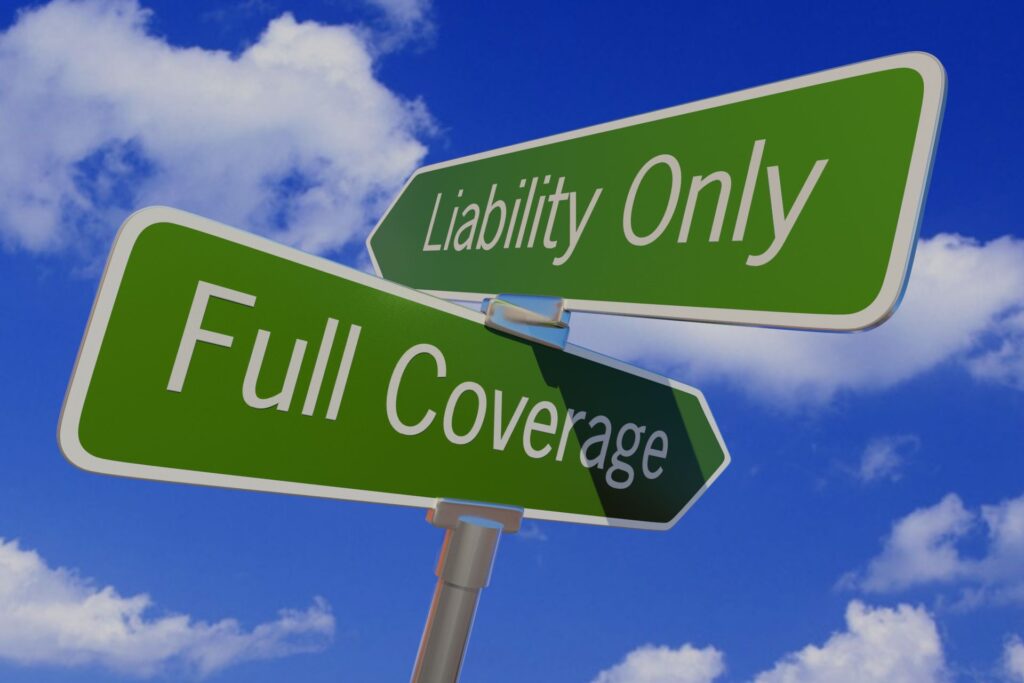
7. Lack of Comprehensive Coverage
One of the most fundamental reasons a car insurance claim for hail damage might be denied is surprisingly straightforward: the policyholder simply doesn’t have the right type of coverage. Many drivers carry only liability insurance, which is designed to cover damages you cause to other vehicles or property, not damage to your own car. Hail damage, being an ‘Act of God’ and not a collision, falls outside the scope of liability coverage entirely.
To be covered for hail damage, you need comprehensive insurance. This vital component of an auto policy is specifically designed to protect your vehicle from non-collision-related incidents, including theft, vandalism, fire, and natural disasters like hailstorms. Without it, regardless of how severe the hail damage is, your insurer won’t cover the repair costs.
It is absolutely crucial to regularly review your car insurance policy, especially to confirm that you have comprehensive coverage. Don’t assume you’re protected; take the time to read through your policy documents or speak with your insurance agent to understand exactly what your policy entails. This proactive step can prevent significant financial heartache down the road.
If you discover you only have liability coverage, consider adding comprehensive coverage to shield your investment from unexpected weather events. While it adds to your premium, the peace of mind and protection it offers against costly repairs from hailstorms can be invaluable.
Read more about: Consumer Alert: Unpacking 14 SUVs That Master Transmission Reliability, Defying Post-Warranty Failure

8. Damage Below Deductible
While not an outright ‘denial’ in the traditional sense, a claim for hail damage can effectively result in no payout if the estimated repair costs fall below your policy’s deductible. Your deductible is the out-of-pocket amount you agree to pay towards a covered loss before your insurance coverage begins to contribute. If the total cost to fix the hail damage is less than this predetermined amount, your insurer will not issue any payment.
For instance, if your car sustains $800 worth of minor hail dents, but your comprehensive deductible is $1,000, the insurance company will technically ‘approve’ the claim as a covered peril, but they won’t pay anything. You, the policyholder, would be responsible for the entire $800 repair bill. This scenario often leaves car owners feeling as though their claim was denied, as they receive no financial assistance.
It’s essential to be aware of your deductible amount when considering whether to file a claim for minor hail damage. Sometimes, the administrative hassle of filing a claim and the potential for a slight premium increase in the future might not be worth it if the damage is only marginally above, or even below, your deductible. Always weigh the repair costs against your deductible before proceeding.
Before undertaking any repairs, obtain detailed estimates from reputable auto body shops that specialize in hail damage. Comparing these estimates against your deductible will help you make an informed decision about whether filing a claim is financially beneficial or if it’s more practical to cover the repair costs yourself.
Read more about: Understanding the Unprecedented Surge: The Multifaceted Forces Driving Your Homeowners Insurance Premiums Skyward

9. Cosmetic Damage Exclusions
Some insurance policies contain specific exclusions for “cosmetic damage,” meaning they will not cover dents, dings, or other surface imperfections if these do not affect the functionality or structural integrity of your vehicle. This can be a particularly frustrating reason for denial, as hail can leave a car looking significantly worse without necessarily impairing its mechanical operation.
Insurers might argue that superficial damage, such as minor dimples on the hood or roof that don’t compromise paint integrity or cause leaks, is merely aesthetic and thus not covered. This exclusion is more commonly found in policies with specific endorsements or riders, or for older vehicles where cosmetic issues are deemed less impactful on overall value.
The definition of “cosmetic” can be subjective and vary significantly from one insurance company to another, or even between different policy types. What one adjuster considers minor, another might deem worthy of repair. This ambiguity makes it even more important to meticulously review your policy’s fine print for any clauses related to cosmetic damage exclusions.
If your claim is denied on these grounds, don’t hesitate to seek a second opinion from an independent auto body expert. They can assess whether the damage truly is only cosmetic or if there are underlying issues an insurer might have overlooked. Their professional assessment can be valuable evidence in appealing the denial.
Read more about: Your Essential Guide to Medicare’s Uncovered Costs: 14 Critical Services You Might Need to Budget For

10. Hail Size Limitations
Believe it or not, some insurance policies include specific stipulations regarding the size of hailstones required for damage to be covered. These “hail size limitations” clauses mean that if the hailstones that damaged your car were smaller than a certain specified diameter—for example, “pea-sized hail”—your claim might be denied. This is another nuanced exclusion that can catch policyholders off guard.
The rationale behind such exclusions often stems from the insurer’s assessment of risk and the perceived likelihood of smaller hailstones causing significant, insurable damage. While small hail can certainly cause minor dings and paint chips, policies with these limitations are designed to only cover damage from more substantial, impactful hailstones.
Understanding this type of exclusion requires a thorough reading of your policy document, specifically sections detailing perils and limitations. If a hailstorm occurs, it can be challenging to accurately determine the exact size of the hailstones that caused the damage, especially after they have melted. This often leads to disputes between policyholders and adjusters.
To combat this, if a hailstorm occurs, try to document the hail itself with photographs or videos before it melts. If possible, include objects of known size (like a coin) in your pictures for scale. Additionally, cross-referencing with local weather reports that specify hail size for your area during the event can provide crucial, independent evidence to support your claim.
Read more about: Buyer Beware: 15 Sedans That Won’t Make it to 80,000 Miles Without Costly Repairs
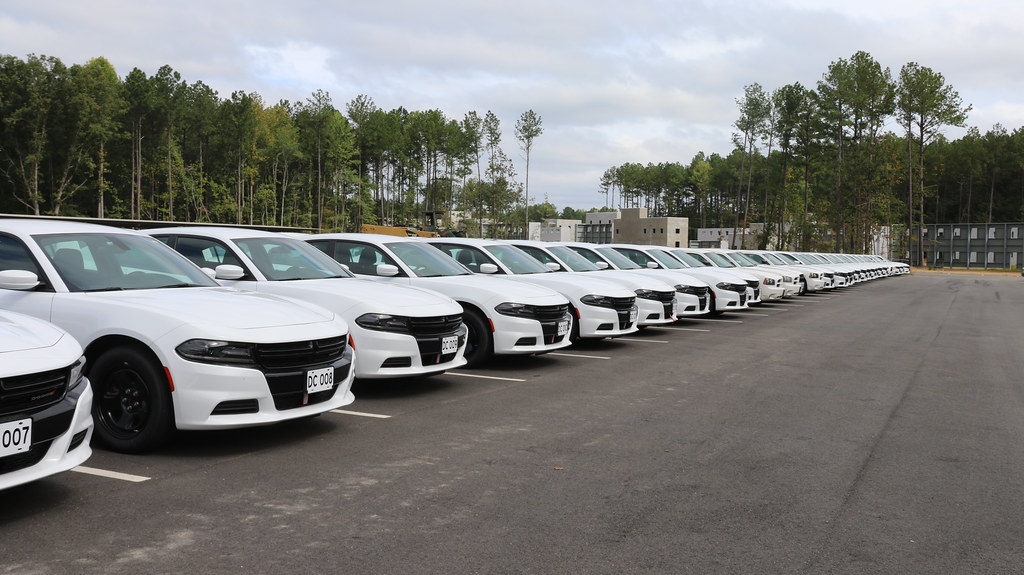
11. Maintenance-Related Issues and Neglect
Insurance policies are generally designed to cover sudden, accidental damage, not damage that arises from a lack of proper care or maintenance. If your vehicle’s components were already compromised or worn out due to neglect prior to the hailstorm, your insurer might deny the claim, arguing that the damage resulted from “maintenance-related issues” rather than solely from the hail event.
This reason for denial often focuses on the condition of the vehicle’s paint, finish, or existing structural components. For instance, if the paint was already chipping or severely faded, an insurer might contend that minor hail aggravated existing wear rather than causing new, significant damage. Similarly, if a part of the car was already rusting, hail damage to that area might be attributed to the rust rather than the storm.
Insurers expect policyholders to maintain their vehicles in reasonable condition. If an adjuster finds evidence that parts of the car affected by hail were poorly maintained, they could argue that the damage would have been less severe, or not occurred at all, had the vehicle been properly cared for. This shifts a portion of the responsibility, or even all of it, back to the policyholder.
To mitigate this risk, keep your vehicle well-maintained and address any existing wear and tear promptly. Maintain service records and take periodic photos of your car’s condition. This kind of documentation can help prove that your vehicle was in good shape prior to the hailstorm, making it harder for the insurance company to deny your claim based on alleged neglect.
Read more about: Beyond Curb Appeal: 6 Critical Factors Home Appraisers Scrutinize to Determine Your Property’s True Value
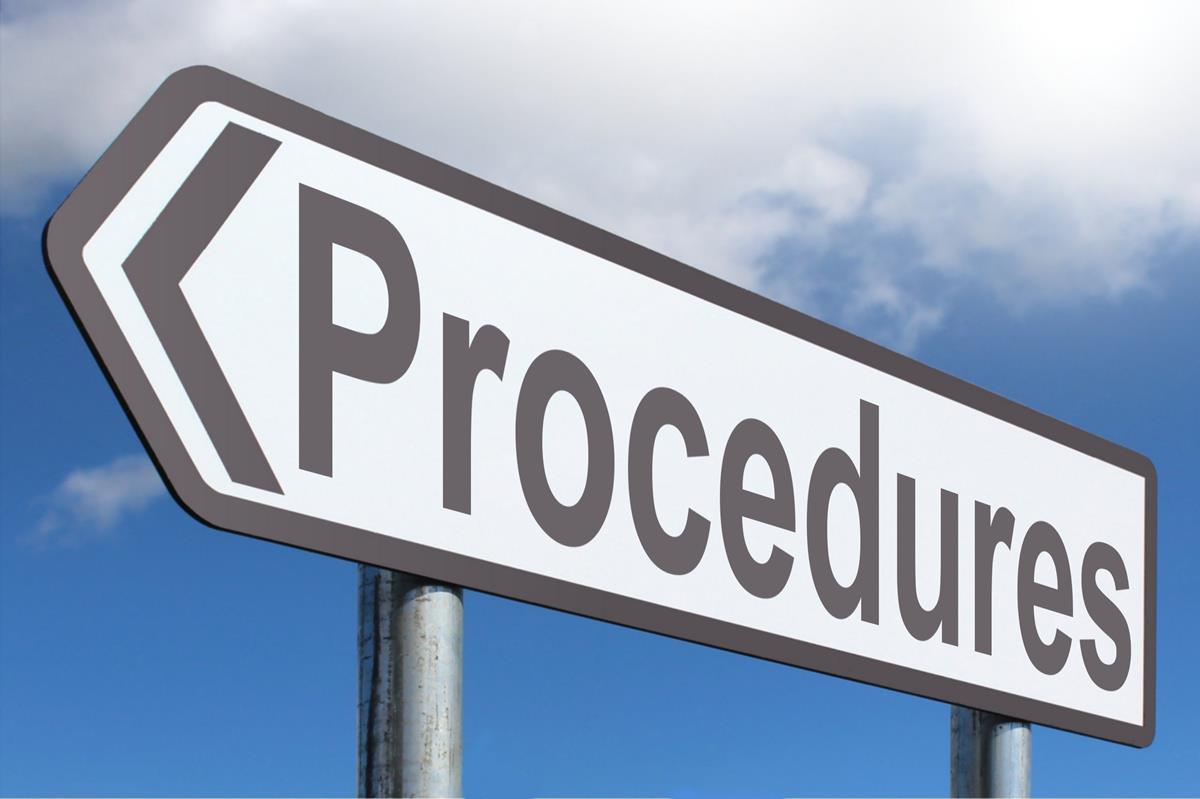
12. Non-Compliance with Post-Claim Procedures.
Even after initiating a claim, the process doesn’t end with a simple phone call. Insurance companies have specific procedures that policyholders must follow throughout the claim assessment and resolution stages. Failing to comply with these “post-claim procedures” can lead to your claim being denied, regardless of the legitimacy of the initial damage.
These procedural requirements can include providing additional requested documentation, making your vehicle available for multiple inspections by adjusters or appraisers, and refraining from starting any repairs before the insurance company has fully assessed the damage and authorized work. Insurers need to conduct their due diligence, and if you impede that process, they may view it as non-cooperation.
For example, if you proceed with extensive repairs before an adjuster has had a chance to inspect the hail damage, the insurer may deny the claim, stating they could not verify the damage independently. Similarly, repeatedly missing appointments with adjusters or failing to provide requested photos or repair estimates can also be grounds for denial.
To avoid this pitfall, maintain open and consistent communication with your insurance company. Always respond promptly to requests for information or inspection appointments. Most importantly, never authorize or begin significant repairs until you have received clear approval from your insurer. Keeping a meticulous log of all communications, dates, and individuals you speak with can also prove invaluable if a dispute arises.
Navigating a car insurance claim after a hailstorm can feel daunting, particularly when faced with a denial. However, by understanding these common pitfalls—from lacking comprehensive coverage to overlooking maintenance, and everything in between—you empower yourself. Proactive steps like regularly reviewing your policy, meticulous documentation, and diligent adherence to procedures are your best defenses. Remember, an informed policyholder is a strong advocate for their rights. If you find yourself struggling to secure fair compensation, don’t hesitate to seek professional guidance. Protecting your vehicle, and your peace of mind, is paramount, and with the right knowledge, you can steer clear of common claim denial traps and ensure you get the coverage you deserve.


